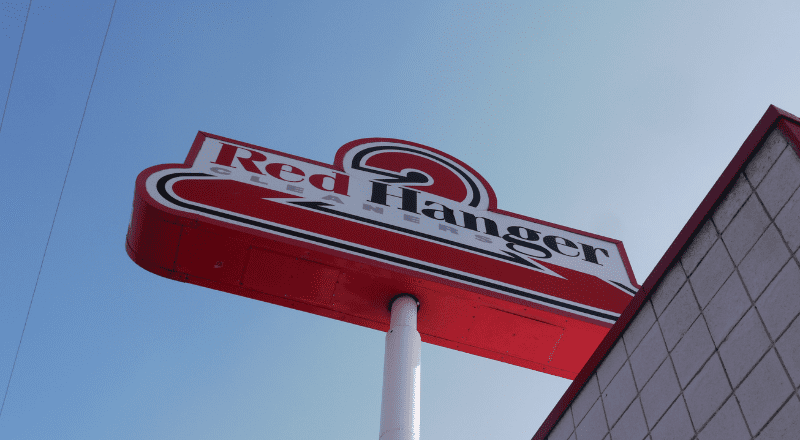
Most people take dry cleaning for granted and really know little to nothing about what goes on beyond the counter of their local store. You drop your clothes off and drive away. Then, as if by magic, they are returned to you cleaned and pressed a day or two later. The fact is that there is both some fascinating history and a very interesting process that takes place from the time you hand your dirty duds over until you pick them up smelling fresh and new.
Dry Cleaning History
Believe it or not, dry cleaning dates back to ancient times. Early dry cleaning shops were identified in the remains of Pompeii, a Roman city that was destroyed in 79 A.D. The cleaners in those times were known as fullers, and they used a type of clay referred to as fuller’s earth for their cleaning. The clay was combined with lye and ammonia, which was derived from urine so that stains and odors could be removed from clothing. The early dry cleaning industry became so prominent that there were taxes on collecting urine, whether animal or human, to use in the process.
Modern Dry Cleaning
The dry cleaning process became modernized in the early 19th century through the ideas of a man named Jean Baptiste Jolly. This Frenchman is considered to be the father of modern-day dry cleaning. Apparently, a careless maid knocked over a lamp and the contained turpentine spilled on a dirty tablecloth. Mr. Jolly witnessed the effect that this had on the stains once the turpentine dried. The stains had disappeared, and Mr. Jolly opened the first dry cleaning shop in Paris called Jolly-Belin.
Commercial Dry Cleaning Chemicals
Despite the name, dry cleaning does involve the use of chemicals. The solvents that are used have evolved over the years, thankfully. In the early days of dry cleaning such flammable liquids as benzene, gasoline, kerosene, and camphene were used with abandon. Dry cleaning used to be a very dangerous business and has gotten much safer as new solvents for cleaning are discovered.
Perchloroethylene, or perc, was introduced into the process in the 1930s and is a nonflammable, synthetic solvent that remains in use today. In the 1990s, the United States Environmental Protection Agency (EPA) began regulating dry cleaning chemicals and encouraging commercial cleaners to use more environmentally friendly and safer solvents. Perc is one of the cleaners that is being slowly phased out of use due to a variety of health and safety concerns. Today, dry cleaners are switching to solvents that are predominantly Green Earth and hydrocarbon.
Dry Cleaning Machines
The process of cleaning fabric can vary between companies, but the general principles of dry cleaning are pretty constant. When a dry cleaning shop takes in your clothing, they will pre-treat any stains by hand. Sometimes, extra steps may be required for tough stains. “Wet” treatments can be done to target water-soluble stains that come from drink spills, oily foods, and plant-based stains. “Dry” treatments are used for soiled fabrics from waxes, paint, plastics, and cosmetics. Also, before cleaning the shop will remove any items that aren’t suitable for dry cleaning, such as belts, cuff links, or loose buttons. The clothing is then placed into a machine that resembles a large home washing machine. The machine adds solvents as it runs and agitates the clothing while maintaining a temperature of around 86 degrees F during the wash cycle.
One the clothing is washed, it is either dried in the same machine or moved to a separate machine for the drying process. When the drying process takes place, the temperature is raised to approximately 140 degrees F, which aids the chemicals in evaporating out of the material, without damaging or shrinking the clothing. At the end of the process, it’s estimated that 99.9% of the chemicals that were used have been evaporated from the clothing but condensed back into a liquid so that they can be recycled and used again.
Once the items come out of the drying cycle, they are ready to be pressed. Dry cleaning shops have large, fancy press machines that get rid of wrinkles and can starch collars on dress shirts to the desired stiffness. While dry cleaning may not be a “dry” process as most people believe it to be, it’s still a pretty magical process that continues to evolve and provide a valuable service.